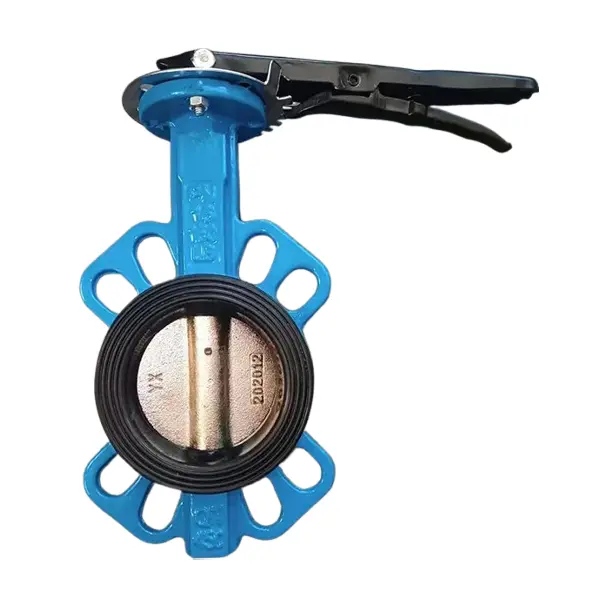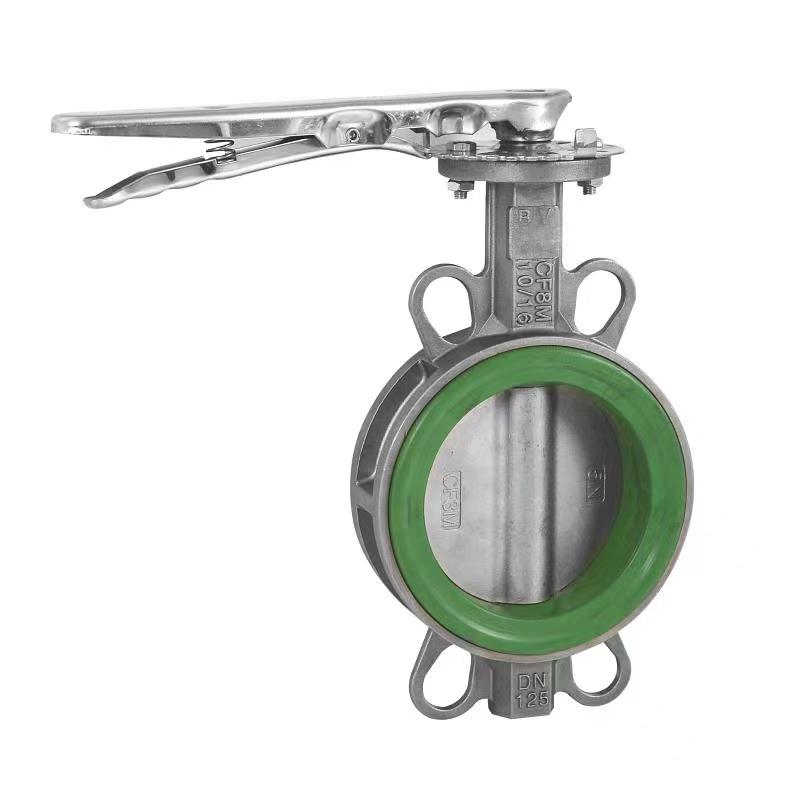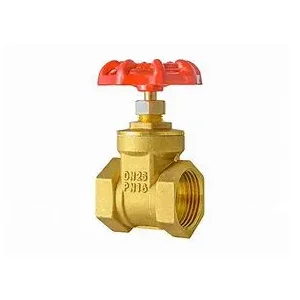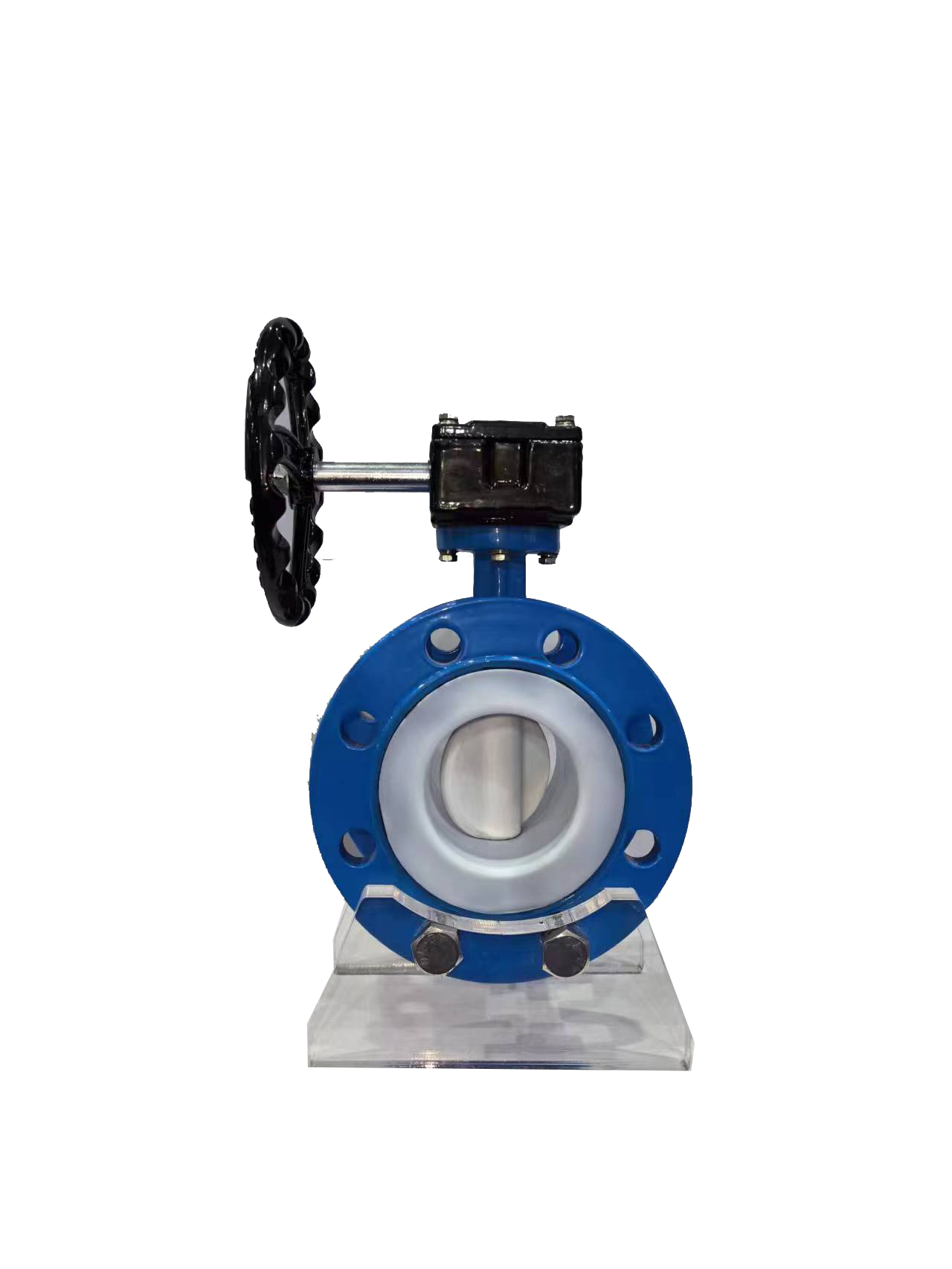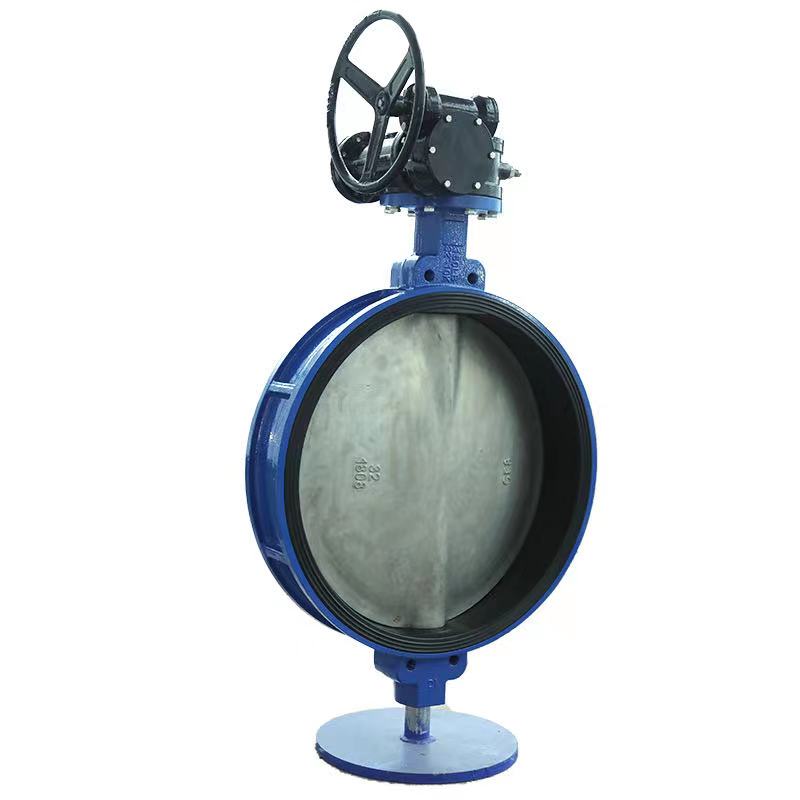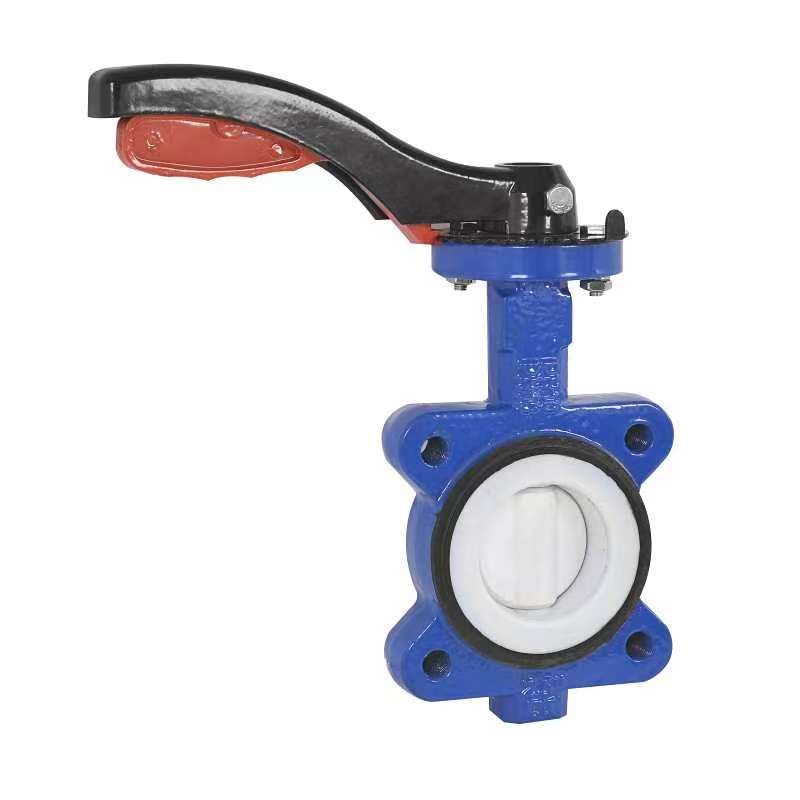- English
- Español
- Português
- русский
- Français
- 日本語
- Deutsch
- tiếng Việt
- Italiano
- Nederlands
- ภาษาไทย
- Polski
- 한국어
- Svenska
- magyar
- Malay
- বাংলা ভাষার
- Dansk
- Suomi
- हिन्दी
- Pilipino
- Türkçe
- Gaeilge
- العربية
- Indonesia
- Norsk
- تمل
- český
- ελληνικά
- український
- Javanese
- فارسی
- தமிழ்
- తెలుగు
- नेपाली
- Burmese
- български
- ລາວ
- Latine
- Қазақша
- Euskal
- Azərbaycan
- Slovenský jazyk
- Македонски
- Lietuvos
- Eesti Keel
- Română
- Slovenski
- मराठी
- Srpski језик
- Esperanto
- Català
- שפה עברית
- Cymraeg
- Latviešu
- icelandic
- ייִדיש
- беларускі
- Hrvatski
- Kreyòl ayisyen
- Shqiptar
- Malti
- lugha ya Kiswahili
- አማርኛ
- Bosanski
- Frysk
- ភាសាខ្មែរ
- ქართული
- ગુજરાતી
- Hausa
- Кыргыз тили
- ಕನ್ನಡ
- Corsa
- Kurdî
- മലയാളം
- Maori
- Монгол хэл
- Hmong
- IsiXhosa
- Zulu
- Yoruba
- অসমীয়া
- ଓଡିଆ
- Twi
- Samoa
- Sesotho
- සිංහල
- Gàidhlig
- Cebuano
- Somali
- Тоҷикӣ
- O'zbek
- Hawaiian
- سنڌي
- Shinra
- Հայերեն
- Igbo
- Sundanese
- Lëtzebuergesch
- Malagasy
- Tǝlam Kanuri
- Punjabi
- پښتو
- Chichewa
How to troubleshoot check valve faults?
2025-11-18
The troubleshooting of check valves should be combined with common types of faults and systematically analyzed step by step. The following are specific troubleshooting methods:
Leakage troubleshooting
Leakage of check valves is usually caused by aging or damage to the seals, or improper fit between the valve disc and seat. When troubleshooting, first check the sealing components. If aging, hardening, or cracks are found, they should be replaced in a timely manner. At the same time, check the mating surface between the valve disc and the valve seat. If there is wear, scratches, or dents, the sealing surface can be repaired by grinding to ensure its flatness and smoothness, restoring the sealing performance.
Troubleshooting of valve disc blockage
Valve disc jamming is often caused by debris blockage, valve disc deformation, or guide component failure. When troubleshooting, first disassemble the check valve and remove impurities inside the valve, such as welding slag, rust, or particulate matter. If the valve disc is deformed, it needs to be corrected or replaced; If the guiding components such as the guiding sleeve and shaft are worn or stuck, they need to be repaired or replaced to ensure smooth and unobstructed movement of the valve disc.

Vibration and noise troubleshooting
Vibration and noise are usually caused by unstable medium flow rate, improper valve selection, or installation issues. When troubleshooting, first check the pipeline system, optimize the flow rate, and avoid turbulence or eddies. Re evaluate valve selection to ensure that the flow rate, pressure, and other parameters of the check valve match the operating conditions. If the installation is improper, such as a vertically installed swing check valve with the wrong fluid direction, the installation direction needs to be adjusted to ensure consistency with the fluid flow direction.
Comprehensive investigation suggestions
When troubleshooting, it is necessary to first shut down the relevant pipeline system and drain the medium to ensure safety. If the fault cannot be eliminated, further inspection of the valve material, pressure and temperature adaptability, and whether it has been damaged by external forces is required. Regular maintenance and inspection can prevent malfunctions, such as cleaning valves, replacing aging parts, lubricating moving parts, etc.
Next :
-
Related News
- What are the classifications of check valves?
- What is the purpose of a check valve?
- How to choose a low temperature environment gate valve?
- What should I do if the gate valve gets stuck during use?
- What is the reason for the poor sealing of gate valves?
- How long is the maintenance cycle for butterfly valves?
New Products






